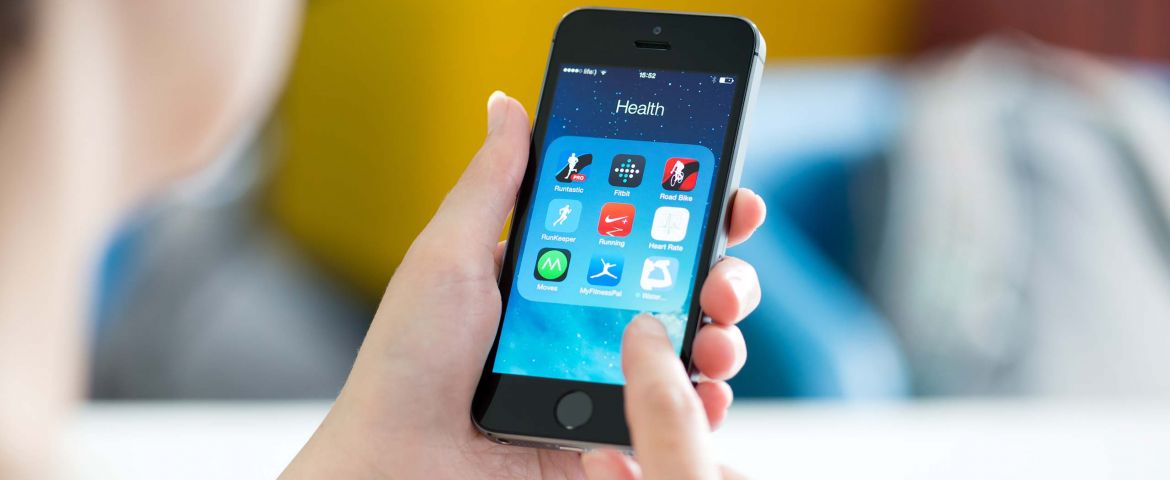Sixty one percent of Americans own a smartphone, according to the Pew Research Center. But how many of these smartphone owners know that their devices could help save their lives?
Far beyond just dialing 911, your phone can quickly update you with information about the closest hospitals or provide vital information to EMS.
In an age where individuals can communicate instantly, get information rapidly at the click of button, it is no surprise that the smartphone has become an important tool in emergency situations. Far beyond just dialing 911, your phone can quickly update you with information about the closest hospitals or even provide vital information to EMS if you are unable to.
Below are four free android and iPhone apps that can help if a serious medical situation arises.
- PulsePoint- When someone dials 911, the PulsePoint app does a search of the immediate area to see if there is anyone with the app who can help. Recently, a firefighter in Oregon saved the life of another man by finding him through Pulsepoint and performing CPR.
- ICE Standard- For people with medical conditions, carrying a medical card is important. If someone is unable to communicate with medical personnel, this could be the difference between immediate care and a time consuming search for medical information. ICE Standard does this digitally by storing medical history, emergency contacts, medical insurance information, blood type, personal information and a photo for identification purposes.
- EMNet Finder- When there’s an emergency, getting help quickly is critical. The EMNet Finder app helps locate the closest emergency room anywhere in the country. Using a smartphone’s GPS capabilities, it allows for one-click transition to driving directions. This app is not only incredibly useful while on the road, but also in a place that’s unfamiliar.
- FluView- This app, offered by the Centers for Disease Control and Prevention, allows users to monitor influenza virus levels across the United States. FluView tracks information received from the U.S. Outpatient Influenza-like Illness (ILI) Surveillance Network, displaying ILI activity levels based on the percent of outpatient visits. Users are able to see where high levels of the flu are occurring and take preventative action.
In addition to these, there also are apps to monitor your heart rate, blood pressure and body temperature. Check out the app store to see what android and iPhone apps might be most suited to your condition or need.


